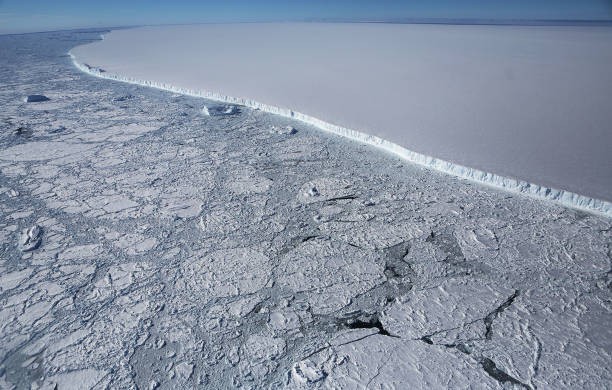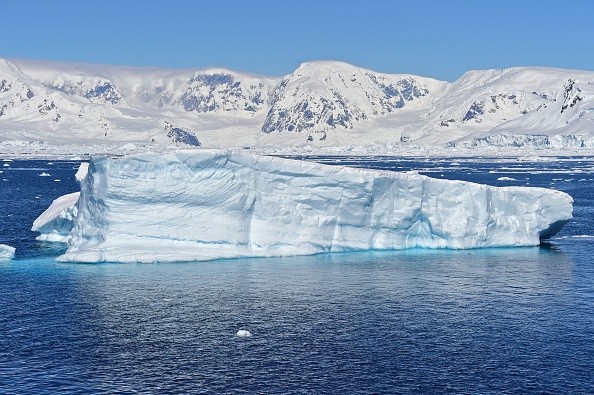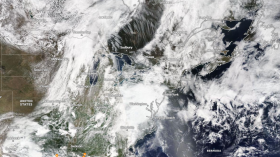Ice shelf in polar regions was breaking up. It was found that warm ocean water was destroying its underside.

Climate Change Turns Ice Shelf into a Threat
The Thwaites ice shelf might collapse within the next three to five years, releasing a river of ice that could significantly increase sea levels, according to findings presented this week at the world's largest earth science meeting.
Aerial studies show how the Arctic tundra has been invaded by beavers, whose dams flood the area. Previously frozen regions are gradually being invaded by large commercial ships, causing animal distress and accumulating enormous quantities of waste in the process.
There were food shortages in many Alaska Native villages that were exacerbated by climatic change as a result of the coronavirus outbreak.
Rapid Change in the Arctic and Antarctic
As the Arctic and Antarctic undergo rapid change, the repercussions radiate out throughout the planet.
According to experts, there will be an increase in sea levels, changes in weather patterns, and changes to ecosystems. Global instability will be caused by the same factors that have destabilized the poles unless humans move quickly to reduce emissions.
In the Arctic, temperatures are increasing at a rate twice as fast as those in the rest of the world. Scientists believe that the months of October and December of 2020 were the hottest on record.
A new Arctic temperature record of 100 degrees Fahrenheit was certified on Tuesday by the World Meteorological Organization in the Siberian town of Verkhoyansk, according to the WMO.
The North Pole's sea ice is melting at an alarming rate due to the unusually mild weather. Polar bears and other large animals would starve without this essential hunting platform. All marine life, from the smallest plankton to the largest whales, is under threat.

Consequences of Less Sea Ice
The impact of this loss will extend well beyond the Arctic. With its ability to reflect up to two-thirds of the sunlight that touches it, sea ice has long served as Earth's air conditioner.
Dark regions of water, on the other hand, absorb heat, making it harder for them to thaw. As the amount of sea ice diminishes, the open ocean expands, increasing the amount of heat absorbed and the rate of global warming.
People who live in the Arctic face terrible repercussions if climate change occurs. Meltwater from melting glaciers has led to flooding in Greenland and elsewhere.
Ice melt exposes unstable cliffs that might fall into the ocean, causing devastating tsunamis, as the ice retreats. As the permafrost underneath them thaws, roads crumble, water systems fail, and buildings collapse.
Climate change is putting an estimated 5 million people in the Arctic's permafrost zones at jeopardy.
An email from Antarctica's McMurdo Station reveals that this is the beginning of a huge collapse, according to Scampos, who is planning to conduct a field trip to the thinning Thwaites ice shelf.
Related Article: Arctic's in Danger! 5 Infographics Showing the Alarming State of the Arctic
For more news, updates about climate change and similar topics don't forget to follow Nature World News!
© 2024 NatureWorldNews.com All rights reserved. Do not reproduce without permission.



![Venomous Centipede Could be Game-Changer and Save Lives of People with Kidney Disease [Study]](https://1471793142.rsc.cdn77.org/data/thumbs/full/70407/280/157/50/40/venomous-centipede-could-be-game-changer-and-save-lives-of-people-with-kidney-disease-study.jpg)

